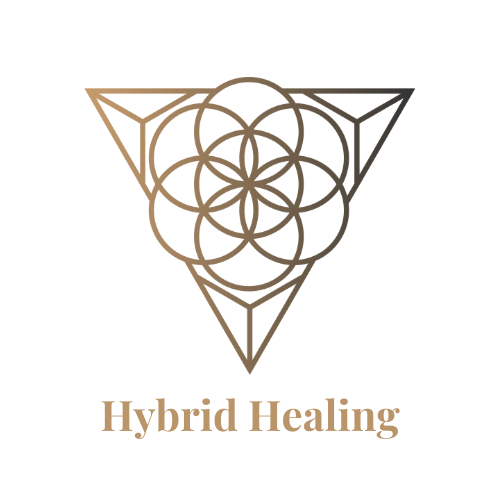
Trauma bonding, also known as Stockholm syndrome, is a phenomenon that occurs when a person forms an emotional connection with someone who has caused them harm or trauma. This type of bonding can happen in a variety of situations, including abusive relationships, cults, hostage situations, and even in the workplace. Understanding trauma bonding is essential for anyone who has experienced it or who may be at risk of experiencing it.
What is Trauma Bonding?
Trauma bonding occurs when a person forms an emotional connection with someone who has caused them harm or trauma. This type of bonding can happen when the person who has caused the harm is the only source of support, comfort, or security for the person who has experienced the trauma. The bond can be strengthened by the cycle of abuse, where the abuser alternates between acts of kindness and acts of cruelty, making it difficult for the victim to leave the relationship.
How Does Trauma Bonding Happen?
Trauma bonding happens as a result of the psychological and physiological responses that occur when a person experiences trauma. The body releases stress hormones such as cortisol and adrenaline, making a person feel more alert and focused. At the same time, the release of endorphins can make the person feel good and experience a sense of euphoria. This combination of stress hormones and endorphins can create a strong emotional connection between the victim and the person who has caused the harm.
What are the Symptoms of Trauma Bonding?
The symptoms of trauma bonding can include feelings of attachment or loyalty to the person who has caused the harm, feelings of guilt or shame, a sense of isolation, and a belief that the relationship is the only one that can provide comfort or security. The person who has experienced trauma bonding may also experience symptoms of depression, anxiety, or post-traumatic stress disorder (PTSD).
How to Break the Cycle of Trauma Bonding
Breaking the cycle of trauma bonding can be difficult, but it is possible with the right support. The first step is to recognize that you are in a traumatic situation and that the person who is causing you harm is not your friend or ally. You may need to seek professional help, such as therapy or counselling, to help you process your experiences and learn healthy coping strategies. It is also important to have a supportive network of friends and family who can offer emotional support and help you navigate the challenges of leaving the relationship.
In conclusion, trauma bonding is a complex phenomenon that can occur in a variety of situations. Understanding the mechanisms behind trauma bonding and the symptoms that can result can help individuals recognize when they are in a harmful situation and take steps to break the cycle of abuse. With the right support, it is possible to heal from the trauma and build a life that is free from harm.
We invite you to come and join us in our support community, where we gather together with like-minded individuals to share education and information on regulating our nervous system, healing trauma and identifying sabotaging patterns, join here READY TO HEAL YOUR HEART
If you would like a 1:1 Counselling or Coaching Session please book in HERE
Warm regards
Loretta and the Team at Hybrid Healing 🖤
P.S. Check out our emotional freedom technique, which helps you to reconnect with yourself, and free up intense emotions HERE
P.P.S Matrix Reimprinting is a technique you can use to help you uncover sabotaging patterns and beliefs, and help you imprint healthy patterns that support your well-being. To check out the free training on clearing your blocks to success, and discover Matrix reimprinting, click HERE

Recent Comments